Which Binoculars Are Best ?
The best binoculars depend on the specific needs and preferences of the user. Factors to consider include the intended use (e.g., birdwatching, stargazing, hunting), magnification power, objective lens diameter, field of view, image quality, durability, and budget. Some popular and highly regarded binocular brands include Nikon, Zeiss, Swarovski, Leica, and Vortex. It is recommended to read reviews, compare specifications, and try out different models to determine the best binoculars for individual requirements.
1、 Optical Power and Magnification
When it comes to determining the best binoculars, two crucial factors to consider are optical power and magnification. Optical power refers to the quality and clarity of the lenses, while magnification determines how much closer the object appears.
In terms of optical power, the best binoculars are those that offer high-quality lenses with excellent light transmission and minimal distortion. Lenses with multiple coatings, such as anti-reflective coatings, can enhance image brightness and reduce glare. Additionally, larger objective lenses (the ones farthest from your eyes) allow more light to enter the binoculars, resulting in brighter images. Therefore, binoculars with high optical power are preferred for their superior image quality.
Regarding magnification, the best binoculars depend on the intended use. For general purposes like birdwatching or hiking, a magnification of 8x or 10x is commonly recommended. Higher magnifications, such as 12x or 15x, are suitable for long-distance observations but may require additional stabilization to prevent image shakiness. It's important to note that higher magnification doesn't always equate to better binoculars, as it can also lead to a narrower field of view and reduced image stability.
It's worth mentioning that the latest point of view in the binocular industry is the increasing popularity of image stabilization technology. This feature compensates for hand movements, resulting in a steadier image even at higher magnifications. Some manufacturers have incorporated image stabilization into their binoculars, making them a preferred choice for those seeking enhanced viewing experiences.
Ultimately, the best binoculars in terms of optical power and magnification depend on individual preferences and specific use cases. It's recommended to try out different models and consult with experts to find the perfect balance between optical quality, magnification, and any additional features that may enhance your viewing experience.
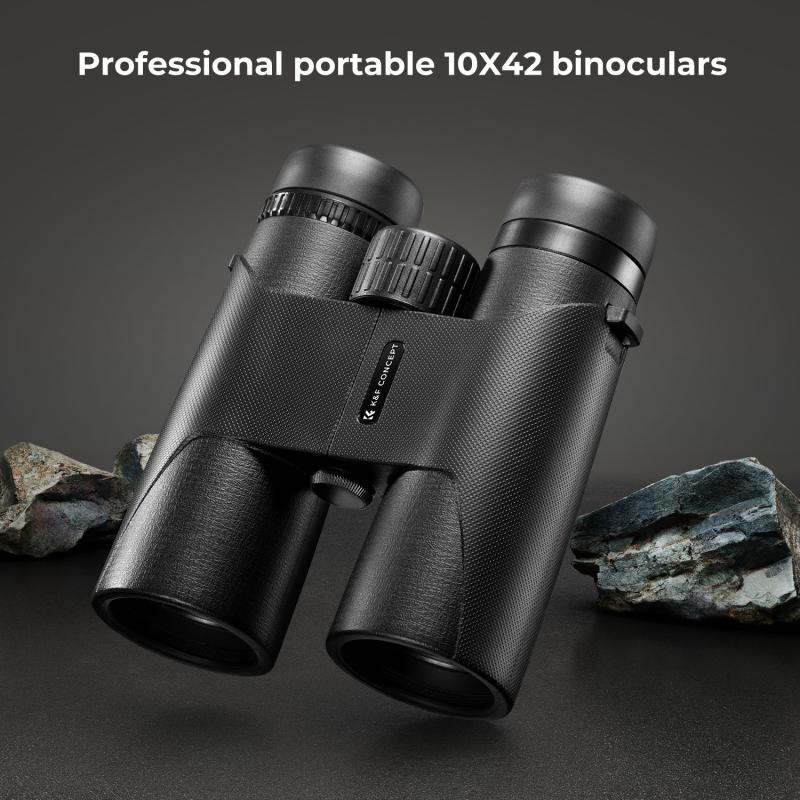
2、 Lens Diameter and Light Gathering Capacity
When it comes to determining the best binoculars, two important factors to consider are lens diameter and light gathering capacity. These factors play a crucial role in determining the quality of the image you see through the binoculars.
Lens diameter refers to the size of the objective lens, which is the lens at the front of the binoculars. A larger lens diameter allows more light to enter the binoculars, resulting in a brighter image. This is particularly important in low-light conditions, such as at dawn or dusk, or when observing distant objects. Binoculars with larger lens diameters, such as 42mm or 50mm, are generally considered to be better in terms of light gathering capacity.
Light gathering capacity is the ability of the binoculars to collect and transmit light to your eyes. It is directly related to the lens diameter, as mentioned above. The larger the lens diameter, the greater the light gathering capacity. This means that binoculars with larger lens diameters will provide a clearer and brighter image, especially in low-light situations.
However, it is important to note that the best binoculars for you will depend on your specific needs and preferences. If you primarily use binoculars during daylight hours or in well-lit environments, a smaller lens diameter may be sufficient. On the other hand, if you frequently observe wildlife or engage in stargazing, a larger lens diameter would be more beneficial.
In recent years, there have been advancements in lens coatings and prism technology, which have improved the light transmission and image quality of binoculars. These advancements have allowed for better performance even with smaller lens diameters. Therefore, it is worth considering the latest models and technologies when making a decision.
Ultimately, the best binoculars for you will depend on your specific requirements and budget. It is recommended to try out different models and consult with experts to find the binoculars that best suit your needs.
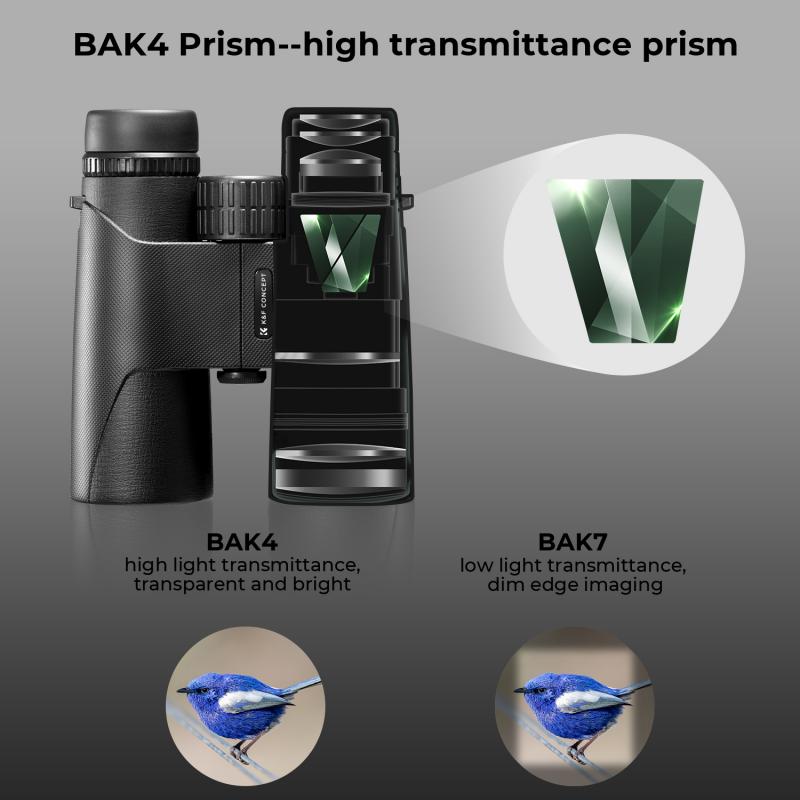
3、 Field of View and Image Quality
When it comes to determining the best binoculars, two key factors to consider are the field of view and image quality. These aspects play a crucial role in providing an immersive and enjoyable viewing experience.
Field of view refers to the width of the area that can be seen through the binoculars at a specific distance. A wider field of view allows for a larger portion of the scene to be observed, making it easier to track moving objects or scan a landscape. Binoculars with a wider field of view are generally preferred for activities such as birdwatching, wildlife observation, or sports events.
Image quality is another important consideration. It encompasses factors such as sharpness, clarity, color accuracy, and brightness. High-quality binoculars will provide a clear and detailed image, allowing for better identification of distant objects. Advanced lens coatings and prisms, such as those found in premium binoculars, can enhance image quality by reducing glare, improving light transmission, and minimizing distortion.
In terms of the latest point of view, technological advancements have led to the development of binoculars with improved field of view and image quality. Manufacturers are constantly striving to enhance these aspects by incorporating innovative features and materials. For example, some binoculars now feature extra-low dispersion (ED) glass, which helps to minimize chromatic aberration and improve color fidelity.
Ultimately, the best binoculars will strike a balance between a wide field of view and excellent image quality. It is important to consider your specific needs and preferences, as well as your budget, when selecting binoculars. Reading reviews and seeking expert advice can also be helpful in making an informed decision.
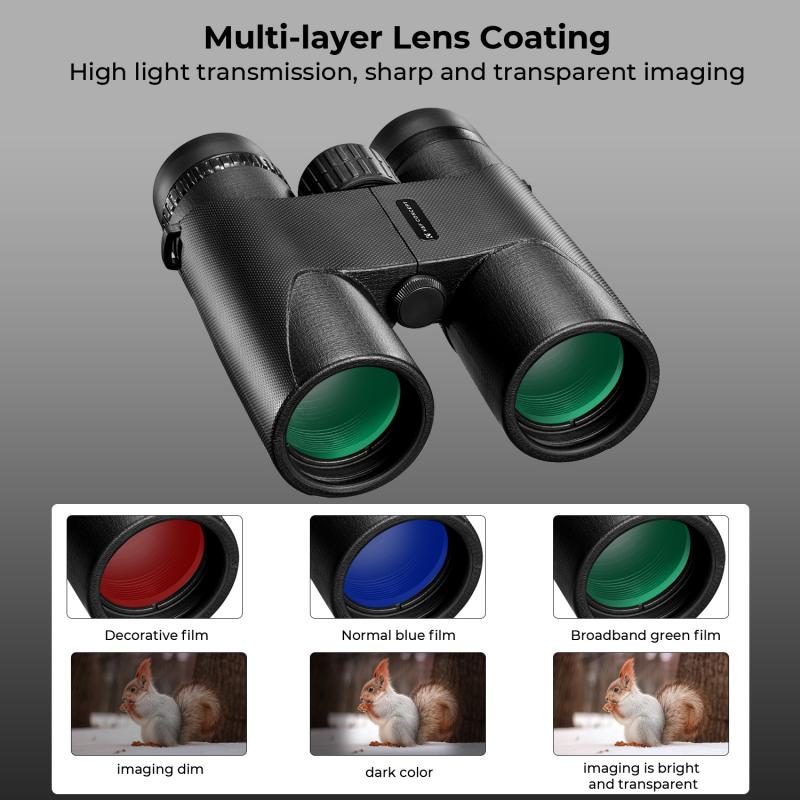
4、 Prism Type and Coating Technology
When it comes to determining the best binoculars, two key factors to consider are the prism type and coating technology. These aspects greatly impact the performance and quality of the binoculars, ensuring a clear and detailed view.
Prism Type:
There are two main types of prisms used in binoculars: Porro prisms and roof prisms. Porro prisms offer a wider field of view and better depth perception, making them ideal for activities like birdwatching or hunting. On the other hand, roof prisms are more compact and lightweight, making them suitable for travel and outdoor adventures.
Coating Technology:
Coating technology plays a crucial role in enhancing the image quality and brightness of binoculars. The most common types of coatings include fully coated, multi-coated, and fully multi-coated. Fully coated binoculars have a single layer of anti-reflective coating on the objective lenses, while multi-coated binoculars have multiple layers. Fully multi-coated binoculars offer the highest level of light transmission, resulting in brighter and sharper images.
In terms of the latest point of view, advancements in prism and coating technology have led to the development of high-quality binoculars. For example, phase correction coatings on roof prisms help to correct color phase shifts, resulting in improved image contrast and resolution. Additionally, newer coating technologies, such as dielectric coatings, further enhance light transmission and image clarity.
Ultimately, the best binoculars depend on the specific needs and preferences of the user. It is important to consider factors such as the intended use, budget, and personal preferences when selecting binoculars. Consulting expert reviews and trying out different models can also help in making an informed decision.
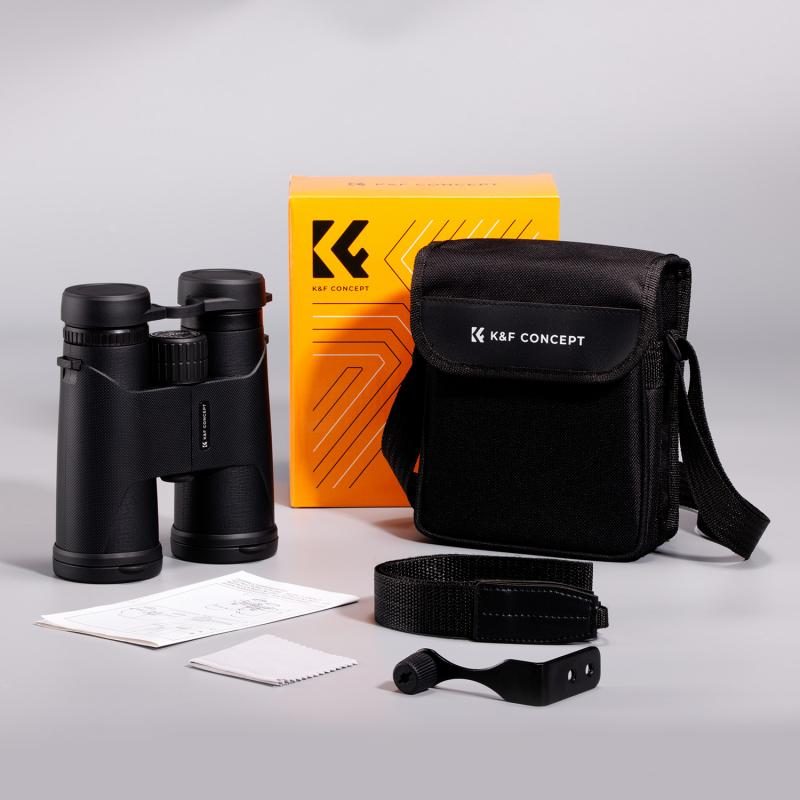










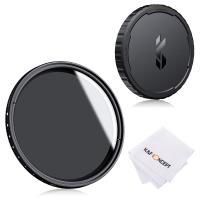
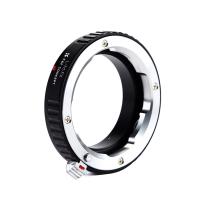

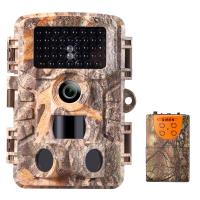



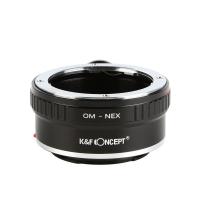

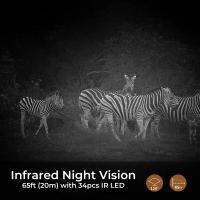
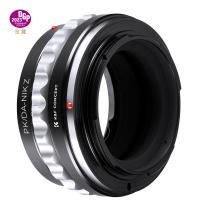


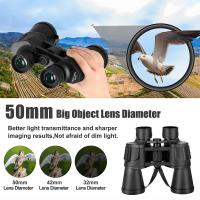

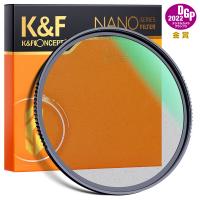
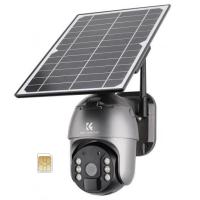
There are no comments for this blog.